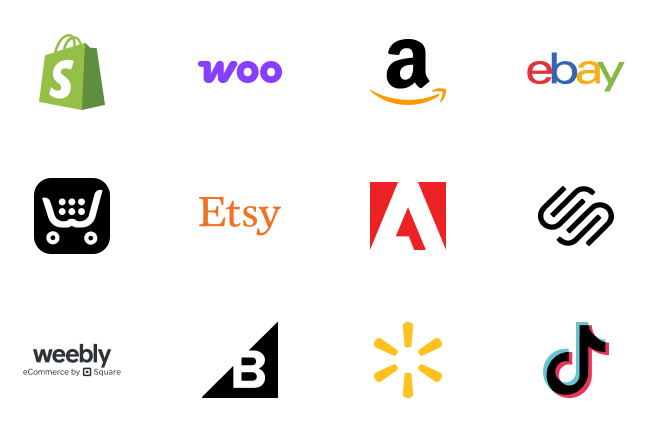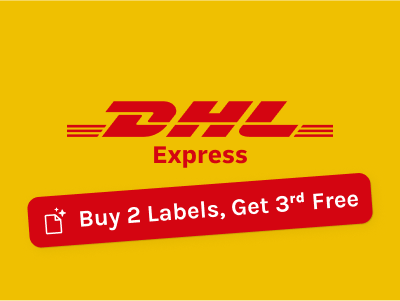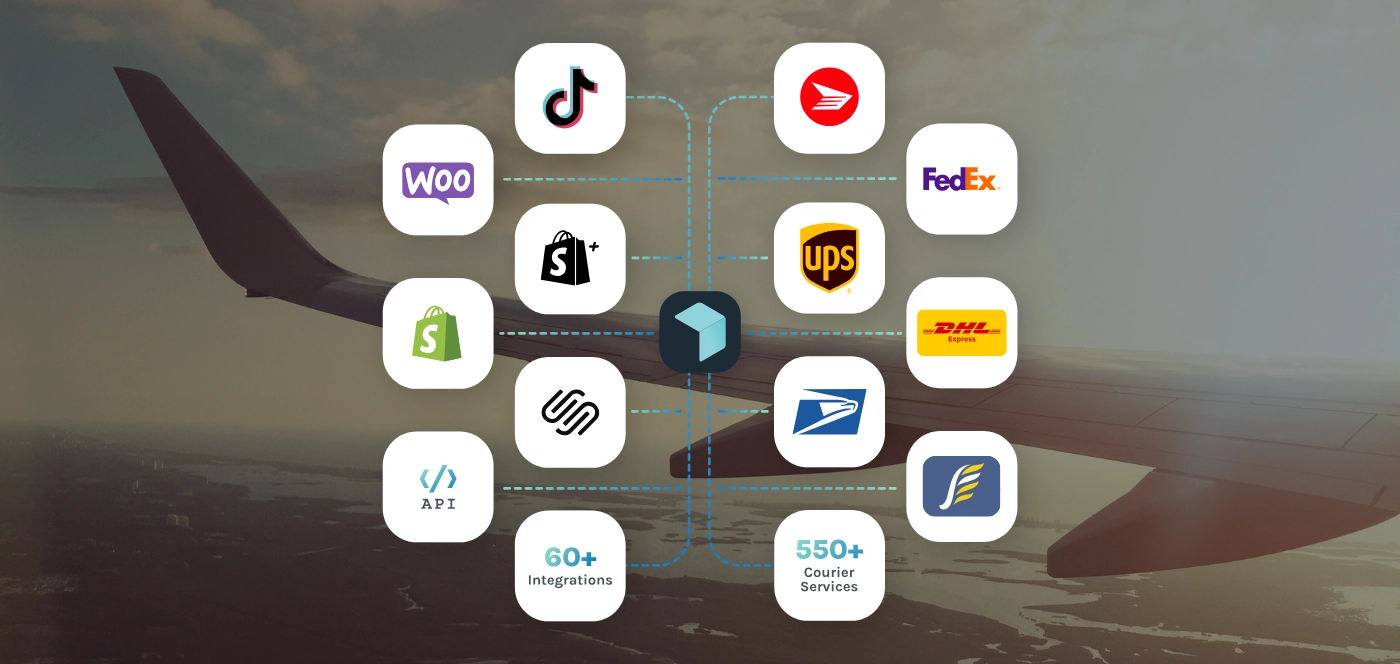It’s no secret that Amazon is the lifeblood of countless online merchants across the world. Two of its major fulfillment options, FBA and Seller Fulfilled Prime, are used extensively by many eCommerce companies the world over to power their fulfillment and shipping operations. However, the two differ greatly in a number of important ways - all of which greatly impact how online merchants fulfill and ship their orders to customers.
This guide takes a closer look at what FBA and Seller Fulfilled Prime is and examines five crucial differences between them in detail!
What is FBA?
Fulfillment by Amazon, also commonly known as FBA, is a fulfillment program offered by Amazon in which retailers store their products in Amazon’s fulfillment centers, which are then subsequently picked, packed, and shipped to their customers after orders for them have been placed.
Amazon handles other services on retailers’ behalf include storage, customer service, and returns. Although the Amazon FBA program is largely a hands-off, low-maintenance option for retailers, it comes with associated fees.
What is Seller Fulfilled Prime?
Seller Fulfilled Prime is another popular fulfillment program by Amazon that allows select merchants who meet certain criteria to deliver their products to domestic Amazon Prime customers from their own warehouses. This, in turn, is done in exchange for transportation services provided by Seller Fulfilled Prime carriers.
The requirements to become a Seller Fulfilled Prime merchant include:
- Shipping more than 99 percent of orders on-time
- Offering Premium Shipping Options
- Having an order cancellation rate of under 0.5 percent
- Using Amazon Buy Shipping services for at least 98.5 percent of orders
- Allowing for all customers inquiries to be handled by Amazon
- Delivering orders with Amazon’s Seller Fulfilled Prime carriers
- Agreeing to Amazon’s returns policy
Merchants can become official Seller Fulfilled Prime members after successfully completing a trial period and are responsible for picking, packing, and shipping orders the same day they’re placed.
FBA vs. Seller Fulfilled Prime
FBA and Seller Fulfilled Prime are both widely popular among eCommerce merchants but differ in a number of crucial ways. Here’s a closer look at their contrasts to help you determine which is best for your online store!
Fulfillment
The main difference between FBA and Seller Fulfilled Prime is fulfillment.
If you’re opting for an Amazon FBA account, Amazon will entirely be in charge of your fulfillment operations, from picking and packing to shipping. All online merchants need to do is to ensure their inventory is currently in one of Amazon’s warehouses and the eCommerce giant will take it from there. However, merchants who choose this route have to pay fulfillment fees to Amazon to receive this service.
On the other hand, if you go with Seller Fulfilled Prime, the only fees you have to pay are shipping charges. However, fulfillment is entirely your responsibility. Merchants can utilize the Amazon Prime brand and its shipping rules, but all other aspects of fulfillment are on them.
Inventory Storage
With FBA, merchants’ inventory is stored in an Amazon distribution center for a fee. Notably, these fees vary by time of year, item size, and storage length. Items stored just before and during the holiday season between October and December, for example, incur higher fees than items stored during the rest of the year.
For online merchants using the Seller Fulfilled Prime program, having their own warehouse for inventory storage is required. Importantly, Seller Fulfilled Prime merchants are required to ship any Prime orders they receive the same day, meaning that their warehouse operations should be as efficient and streamlined as possible.
Inventory Control
Online merchants who prefer a hands-off approach to their inventory in order to concentrate on other aspects of their business will likely prefer the Amazon FBA program. By giving up control of their inventory to Amazon, merchants are free to focus on other business needs. However, they also can’t check up on the status of their inventory since it’s in Amazon’s distribution centers and will likely have a harder time making decisions as to what’s exactly in stock and which items should be changed out due to low sales or being out of season. It’s also important to note that penalty fees are incurred for items stored longer than six months.
With Seller Fulfilled Prime, merchants maintain complete control of their stock. This means they must maintain their own warehouse operations but are free to make changes to their inventory very easily.
Item Returns
With FBA, Amazon handles every return request that comes in, accepts the returned items at any of its distribution centers and handles all customer services related to item returns.
On the other hand, with Seller Fulfilled Prime, your own business is responsible for handling returns. This requires dedicated customer service and returns departments on your end but also minimizes chances of customer fraud and offers more transparency into why and when items are being returned.
Fee Requirements
Amazon FBA costs include storage, picking, packaging, shipping, returns, and customer service.
Choosing Seller Fulfilled Prime doesn’t incur any of these fees but also means that your own company must have the means of storing, fulfilling, and shipping orders on its own regularly.
FBA vs. Seller Fulfilled Prime: Choose Which Works Best for You
Both FBA and Seller Fulfilled Prime offer their own unique advantages and disadvantages - so be sure to weigh both options carefully and choose what works best for your business!
Smaller merchants without their own warehouses looking for a simplified, hands-off fulfillment and shipping solution are probably better off shipping on Amazon FBA while larger merchants who have their own warehouses and experience selling on Amazon Prime will probably find that Seller Fulfilled Prime is a better option.
Easyship seamlessly integrates with Amazon, making it simple to ship worldwide if you're looking for an alternative to the Amazon FBA program or Seller Fulfilled Prime. Sign up today for a free account to sync up your Amazon store and start shipping to new customers all over the world!















































.svg)
.svg)






.avif)
.avif)

.avif)
.avif)


.avif)


.avif)










.avif)
.avif)



.avif)
.avif)


.avif)
.avif)


.avif)



.webp)







.svg)





